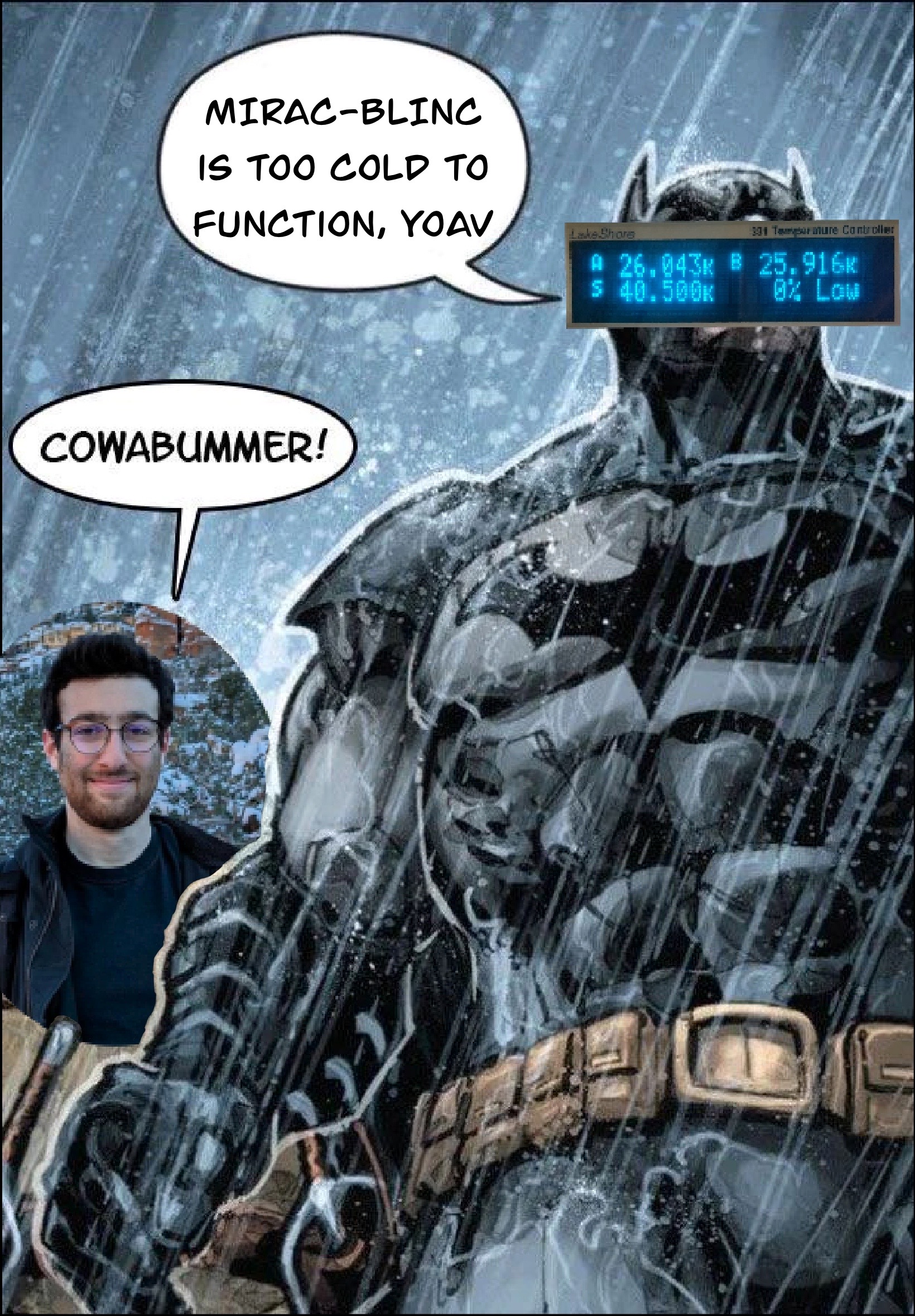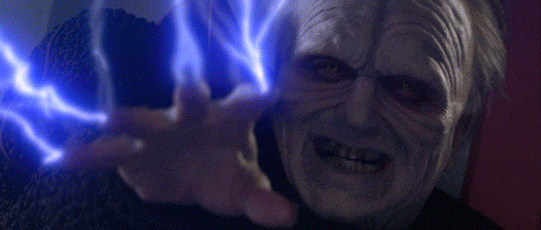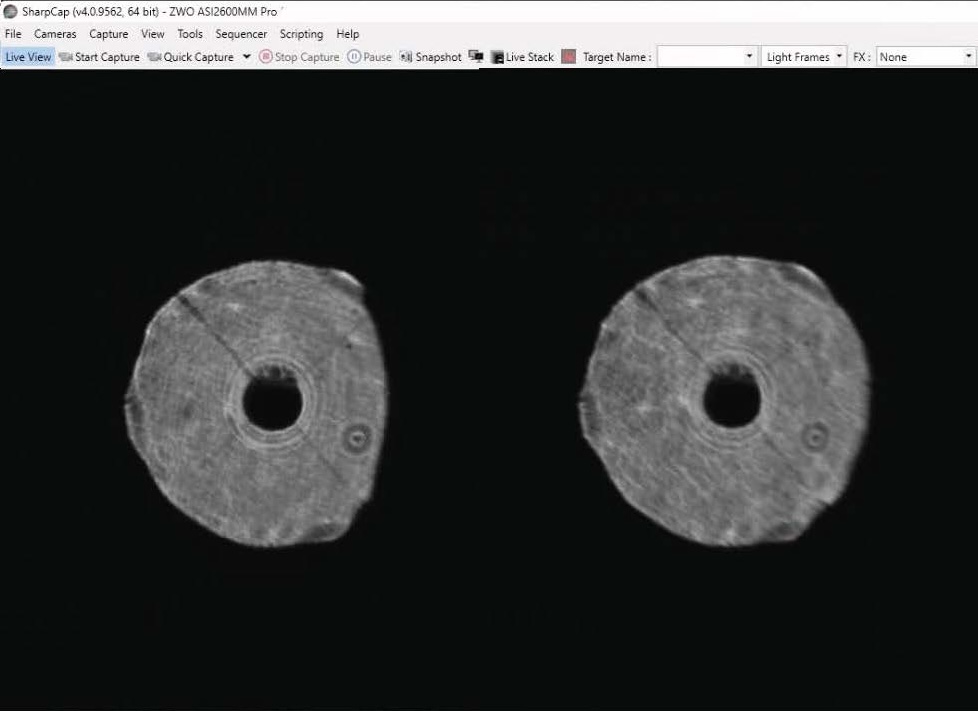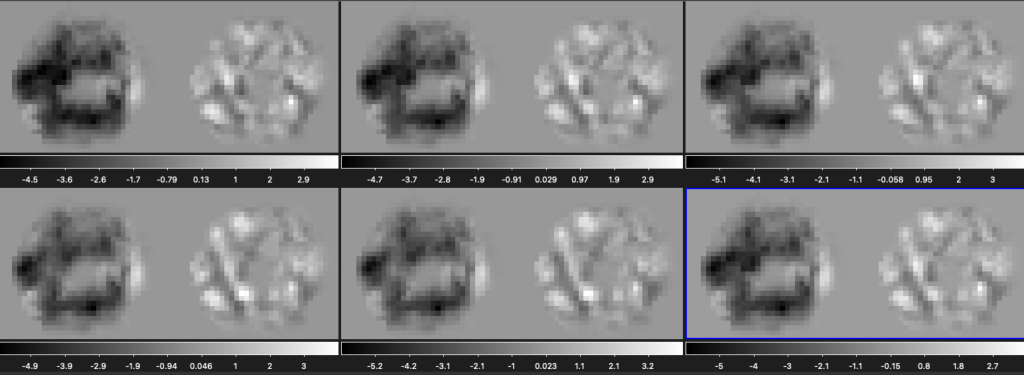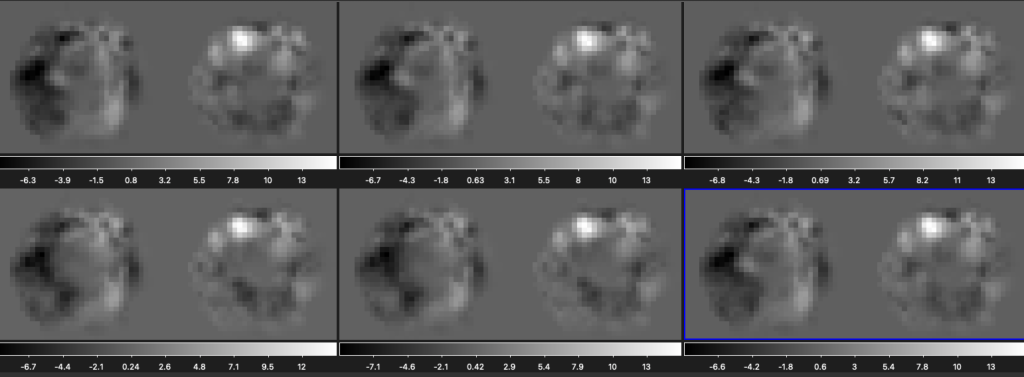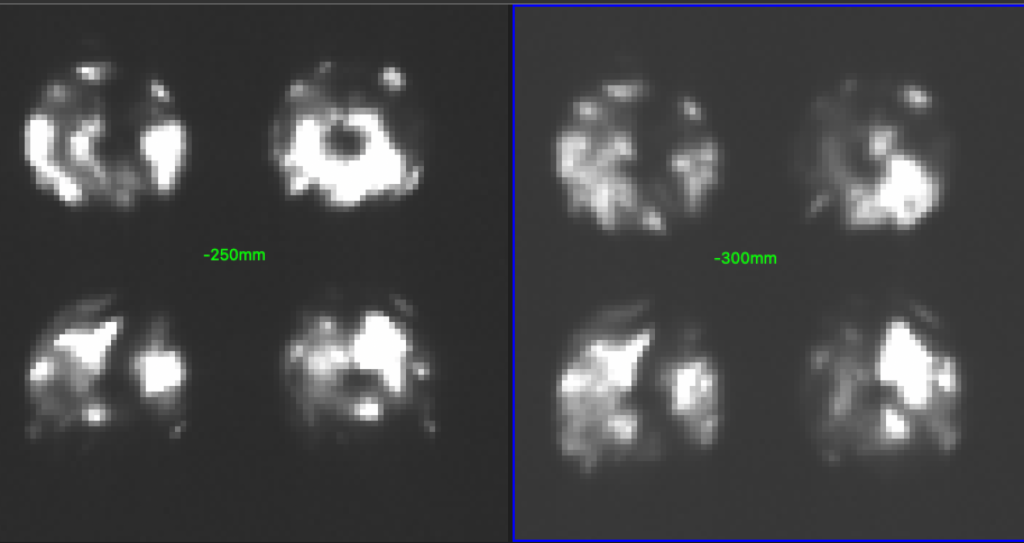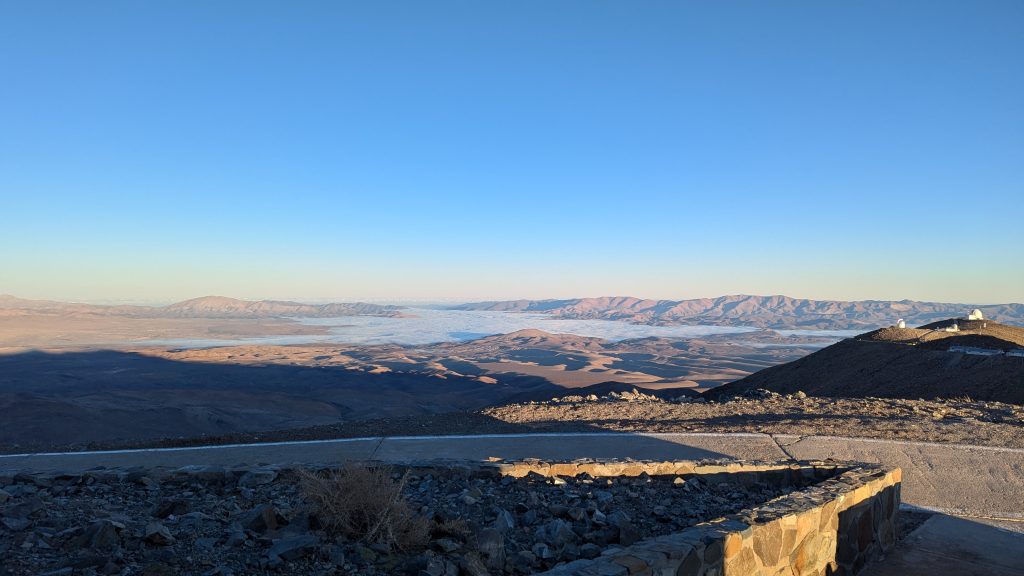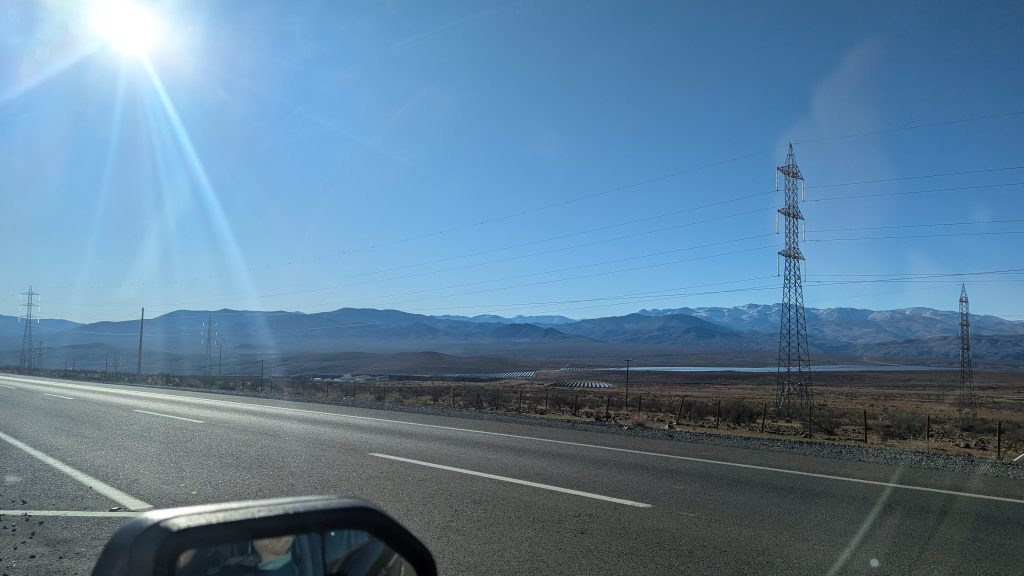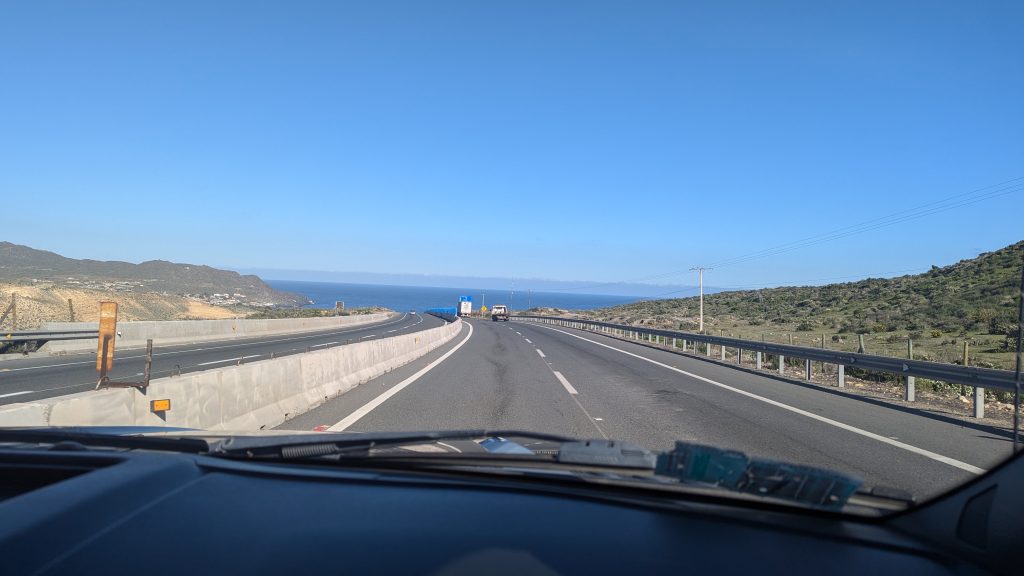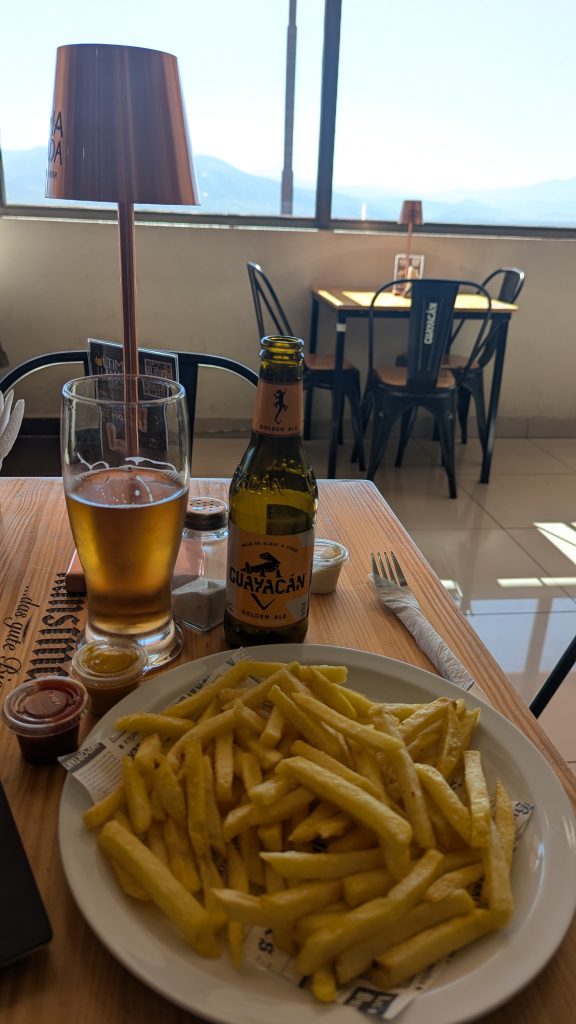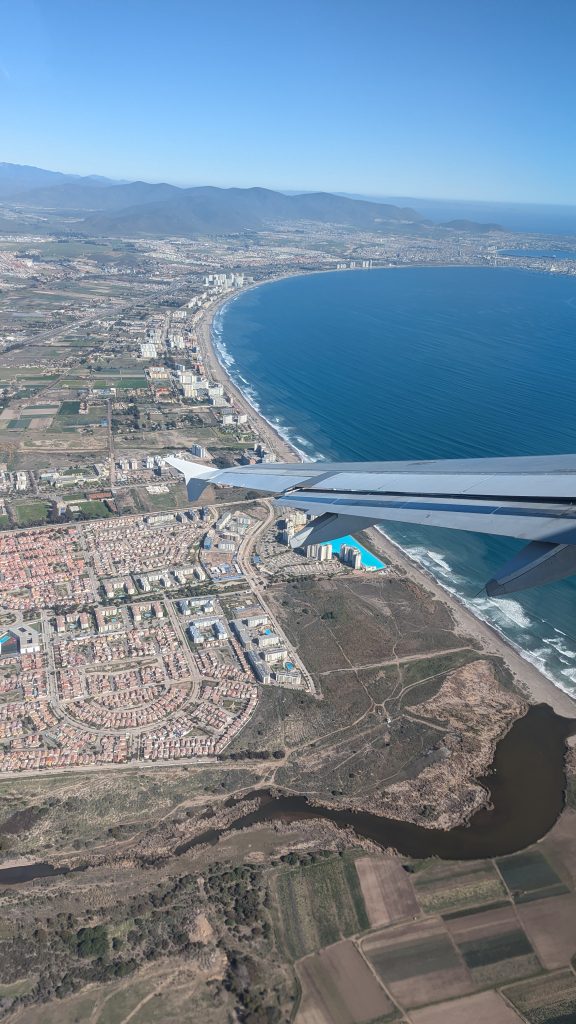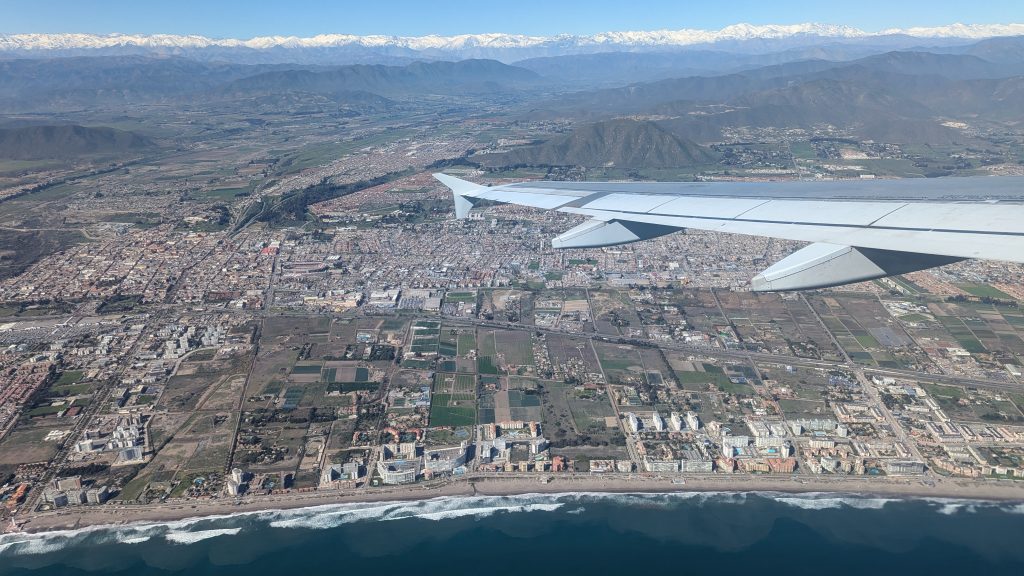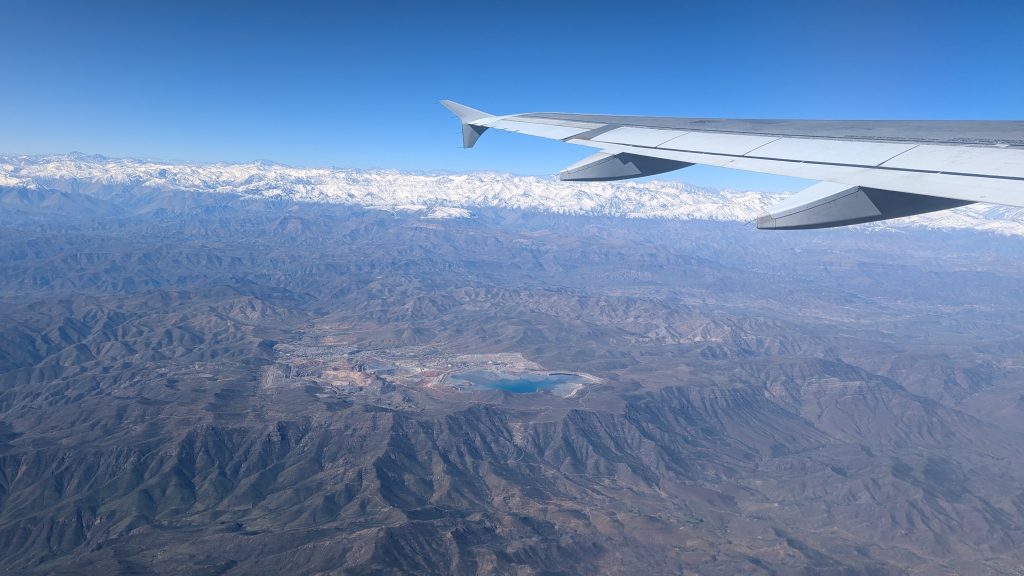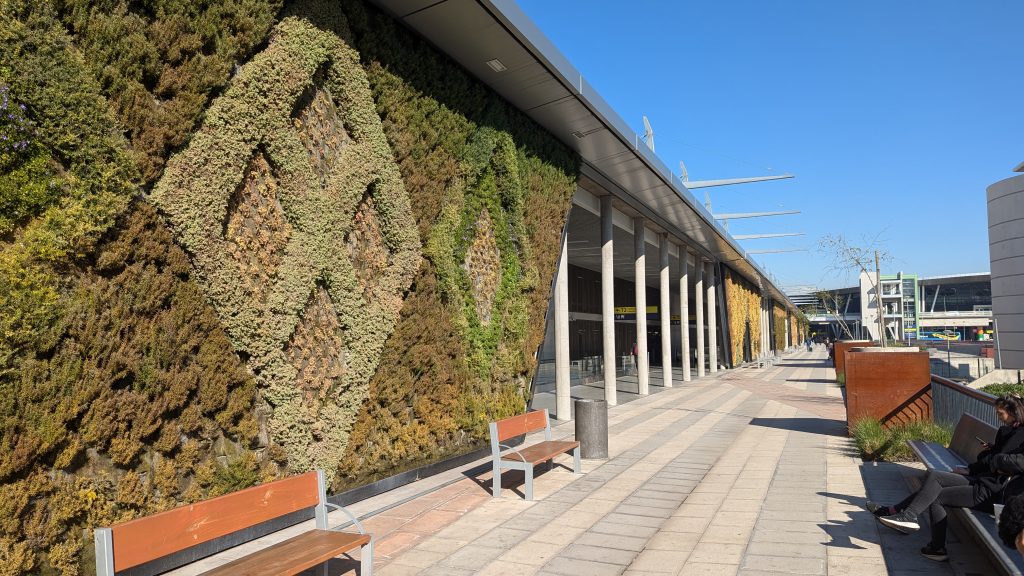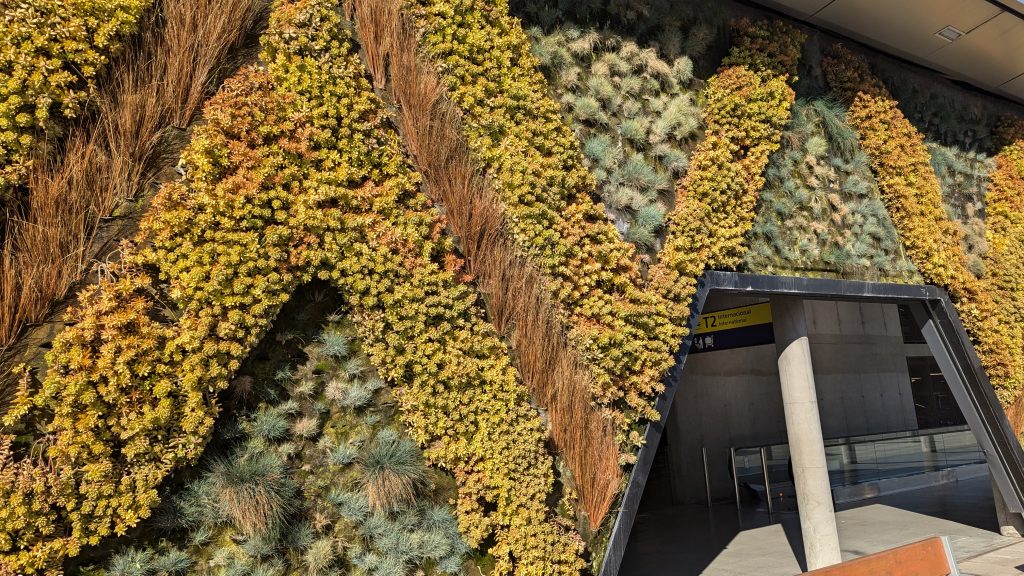Hello! My name is Lauren. Similarly to Bianca (introduced in the last blog post), I am research staff for CAAO, and the second padawan under the great Amali Vaz. This is my sixth MAPS observing run, and I have been given the duty of making my first blog post! Since we are currently clouded over, I will mostly be filling you in on the non-AO happenings of tonight…
As soon as I was awoken from my slumber by the sound of thunder, I knew the day that we had all been dreading (just for astronomical reasons) had arrived. Once we got to the summit, I decided to enjoy the cloudy weather and see what the great outdoors had to offer today. Out of the corner of my eyes, I saw two little blobs hopping around. Coatis!
This coati and I had a staredown for a minute or so.
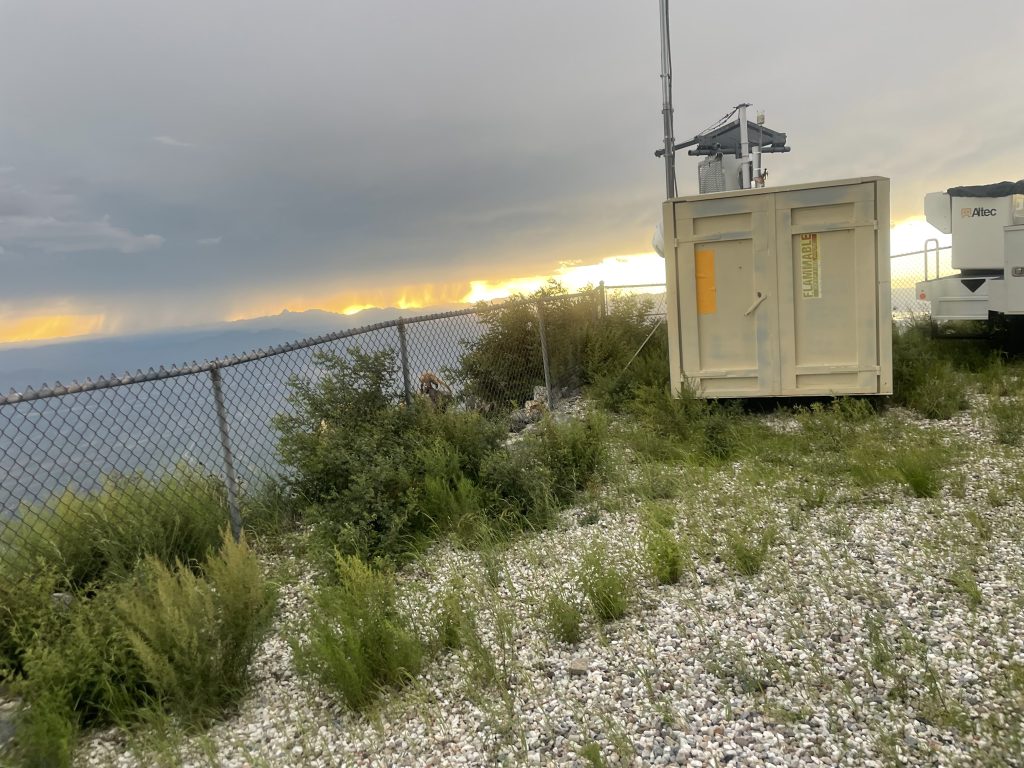
The second coati quite literally huffed at me and ran away. I was a little offended that the wild animal did not sense my calm, animal-loving spirit.
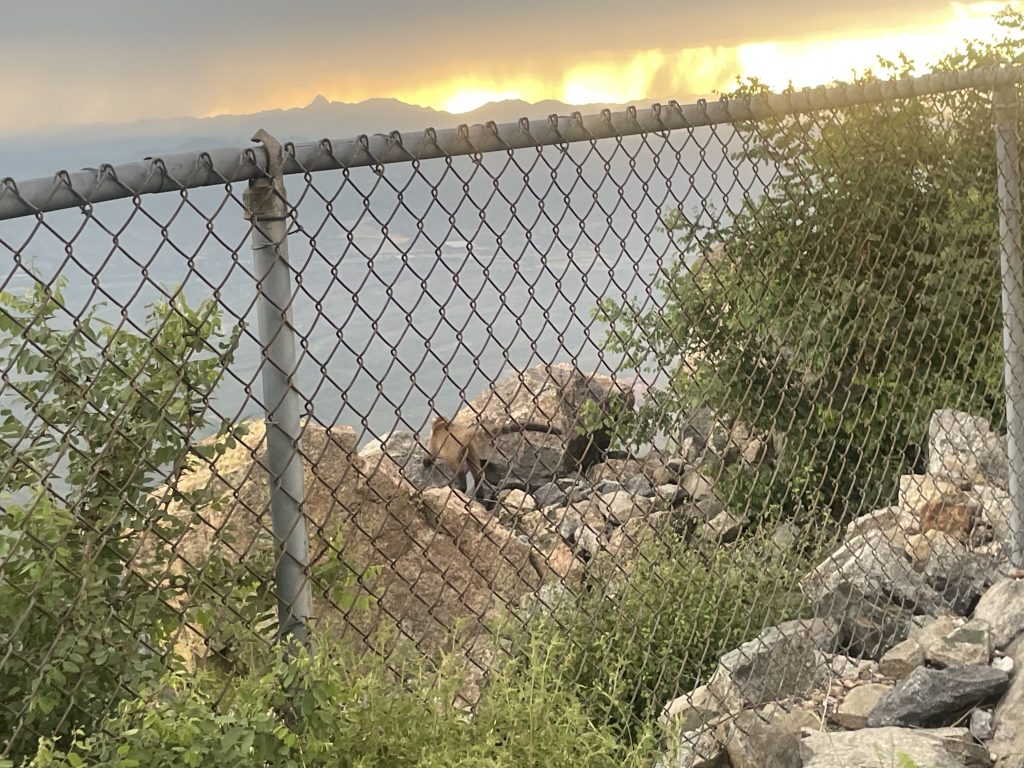
Besides rain and hail, there were other interesting meteorological happenings in the area today. First, a tornado warning was issued early this evening in southern Pima County. Just a couple hours later, another tornado warning occurred in Dragoon, AZ. This led to the important conversation of where we should go for shelter in the case that a tornado rudely passes through the MMT.
Pop quiz:
If a tornado warning occurs in the MMT area, what should you do?
a) Seek shelter at the top of the dome b) Seek shelter in an area away from windows and external walls c) Rotate the building at the same speed and in the opposite direction of the tornado in order to counteract the tornado (Yoav’s idea)
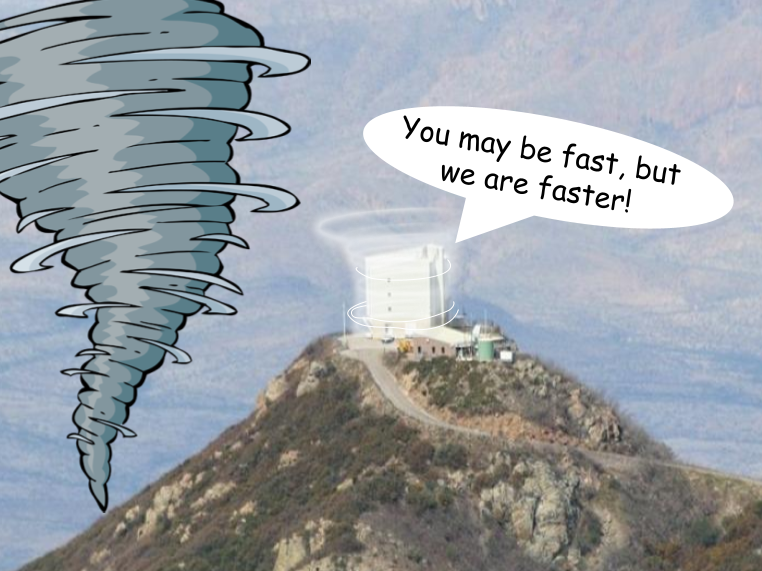
One good thing about cloudy nights is that we can always work on software. Thanks to Andrew and Orlando, we can now control filter wheel positions through INDI, which can also be selected in the INDI GUI.
In addition, Amali and Jared set up the wavefront sensor simulation with CACAO! They successfully closed the loop with 50 modes.
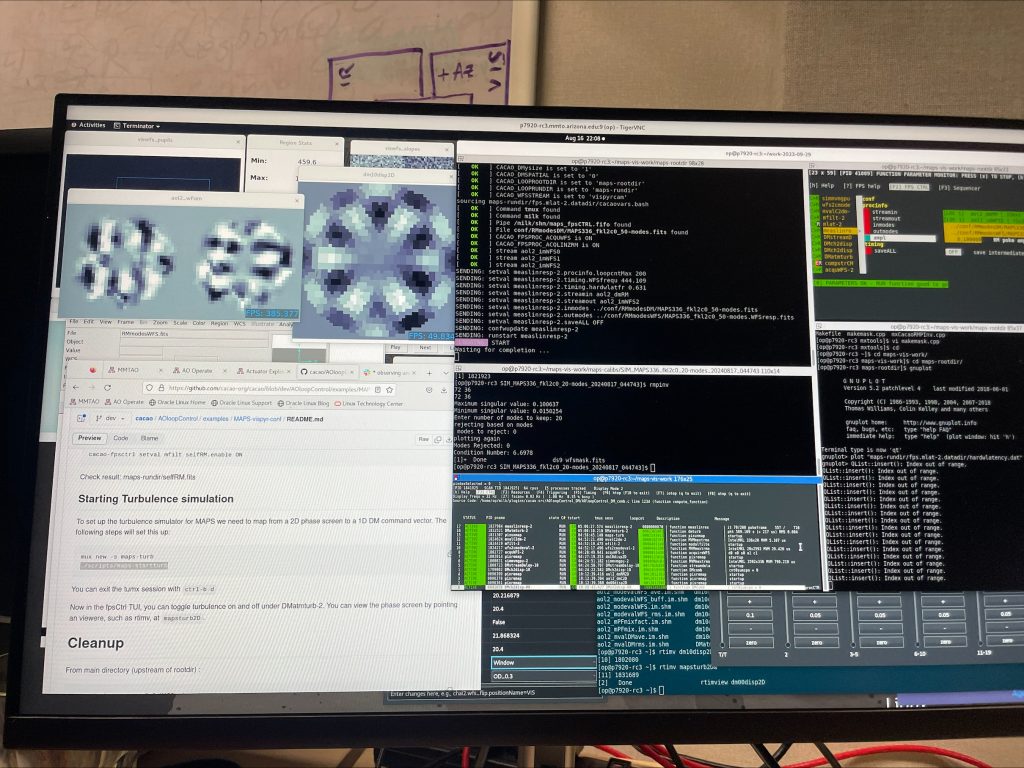
Alas! The sky has cleared and now we can do some AO. Amali gets to CACAOing, working on taking 100-mode response matrices, while closing the loop on 50 modes. While doing so, we noticed a nice core and parts of Airy rings on the MIRAC PSF. The honorable target was FK5 0857, eta Pegasi.
Midway through this, a minuscule cloud perfectly obscured our target.

However, all good things must come to an end. There are storms developing nearby, and we close for the rest of the night.
The song of the night is “You Spin Me Round (Like a Record)” in honor of the rotating MMT building.
